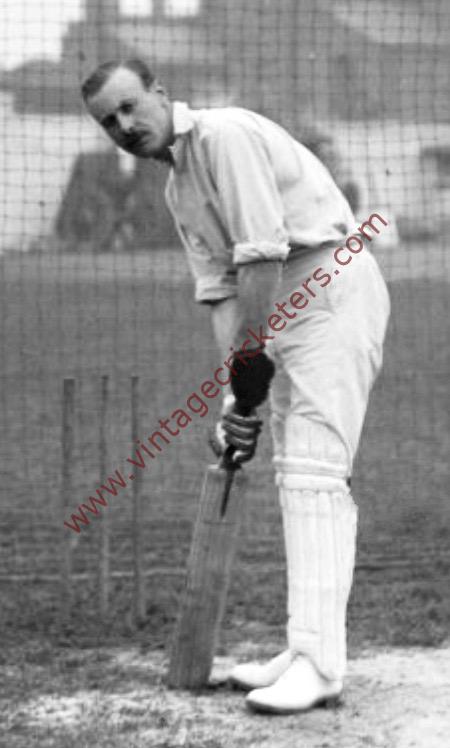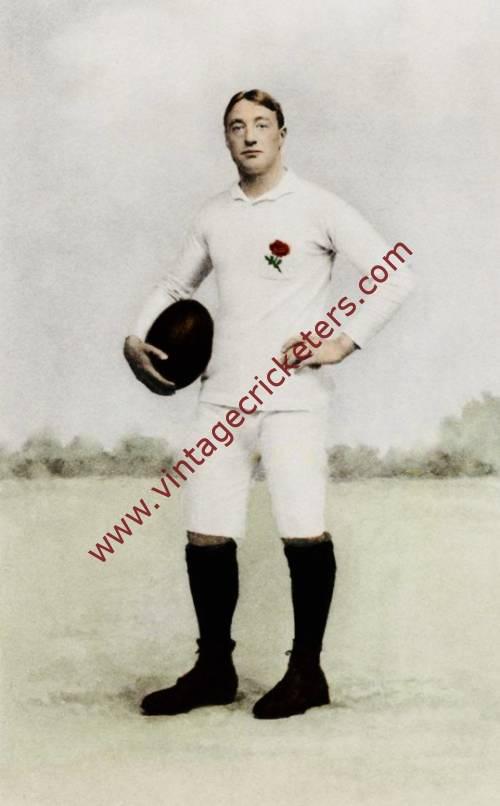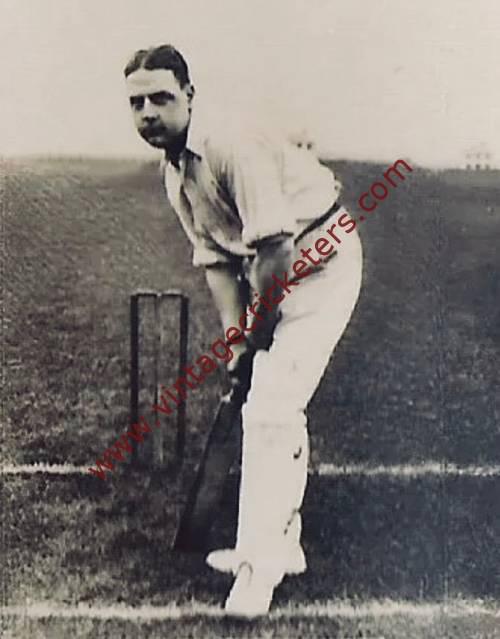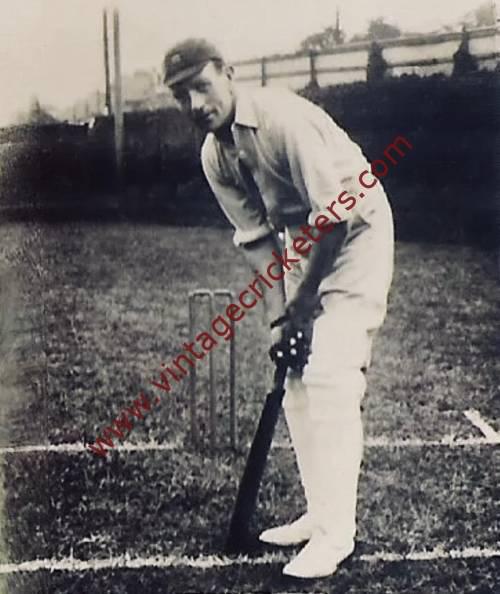Please choose your photo size from the drop down menu below.
If you wish your photo to be framed please select Yes.
Note: 16″x 20″not available in a frame.
Images can also be added to accessories. To order please follow these links
£8.95 – £49.95
Please choose your photo size from the drop down menu below.
If you wish your photo to be framed please select Yes.
Note: 16″x 20″not available in a frame.
Images can also be added to accessories. To order please follow these links
The maximum number of views of this element is reached.
Please contact the webmaster to enable unlimited views.
Hong Kong born all rounder John Stephenson was a career soldier who played in both India and England from the late 1920s until shortly after the Second World War. On 2nd February 1928, after having played some matches for Buckinghamshire in the 1927 Minor Counties Championship while training at the Royal Military College, Sandhurst, he was commissioned as a second lieutenant into the Middlesex Regiment. Posted to India, he made his first class cricket debut for The Europeans against The Muslims at Bombay Gymkhana in the 1928-29 Bombay Quadrangular tournament, scoring 17 and 42 runs as well as taking 2-24 in the second innings. In his next match, against Parsees, he scored his maiden century, hitting 135 in the first innings. He played one more game for Europeans that season, then two more the following year, without much success. In 1930-31 he played for Madras against the Maharajkumar of Vizianagram’s XI, then returned to The Europeans and produced an excellent all-round display against Indians, making 117 (he never made another first class century) and taking six wickets in an innings victory.
Stephenson was promoted to lieutenant on 2 February 1931, and returned to England later that year. He again turned out for Buckinghamshire, but in August made his English first class debut for The Army against Marylebone Cricket Club (M.C.C.) at Lord’s. In a low-scoring match, his 20 not out in the second innings helped guide the Army to a four-wicket win. Over the next couple of seasons, he mixed further appearances for The Army (although not achieving any particular success) with continued appearances for Buckinghamshire.
He began 1934 with a game for Free Foresters against Cambridge University at Fenner’s in early June, and took 4-99 in the first innings; at that stage his best innings return. A few days later, Stephenson commenced the Essex career which he would continue until the outbreak of the Second World War. His most successful season was 1936, in which he recorded his highest aggregates of both runs (521 at 18.60) and wickets (84 at 22.19). That summer also saw him record his best bowling figures, when he claimed 9-46 for The Gentlemen against The Players at Lord’s, which remains the best innings return ever recorded for the Gentlemen, and played in an England trial match for The South. Following his Lord’s performance, there was talk that Stephenson might be preferred to Bill Copson for The Ashes tour that winter, but it was not to be.
Stephenson was promoted to captain on 12th April 1937, and for the 1937 and 1938 cricket seasons his Army duties precluded his playing a full season of cricket, but he continued to turn out for Essex when he could, and managed about 50 wickets in each season. In 1939 he played much more, and acted as captain on a number of occasions, one of three players so employed by Essex that year.
Stephenson retired from the army on 1st July 1939, but the outbreak of the War soon saw him recalled. During the Second World War he continued to serve with the Middlesex Regiment, rising to the war substantive rank of major, and as a temporary lieutenant colonel he commanded the 1/7th Battalion, Middlesex Regiment, a Territorial Army unit, in North Africa from mid-1942 onwards. For his leadership of the battalion (which formed the machine gun battalion of the 51st (Highland) Division at the Second Battle of Alamein in October/November and during the subsequent advance on Tripoli, and particularly for his actions at Corradini and during the attack on the Mareth Line, the division’s General Officer Commanding, Major General Douglas Wimberley, recommended him for an immediate award of the Distinguished Service Order (DSO). The recommendation for the award describes how he personally ensured that the battalion supported the infantry, sometimes leading individual companies under heavy fire, and his carrying out of reconnaissance under fire. The commander of Eighth Army (the Desert Rats), General Sir Bernard Montgomery, endorsed the recommendation with the words, “I very strongly recommend this award”. The award of the DSO was gazetted on 17th June 1943. Stephenson was also subsequently mentioned in despatches on 13th January 1944.
His Wisden obituarist opined that “there would always have been fewer empty grounds” had more players been like him. Batting right-handed, in 103 first class matches, Stephenson scored 2,582 runs at an average of 21.33 with two centuries and eight half centuries. He took 312 wickets at 24.10 apiece with his right-arm fast-medium bowling, twice taking ten wickets in a match and recording 16 five wicket innings hauls. He also took 60 catches in first class play.
Vintage Cricketers was founded in July 2019. There may be more photographs of this cricketer in the Vintage Cricketers library, which are due to be loaded in due course. In the meantime, please send a message to us using the contact form at the bottom left of this page and we can arrange to prepare and publish all images of this cricketer if you have a particular interest in him.
| Weight | N/A |
|---|



